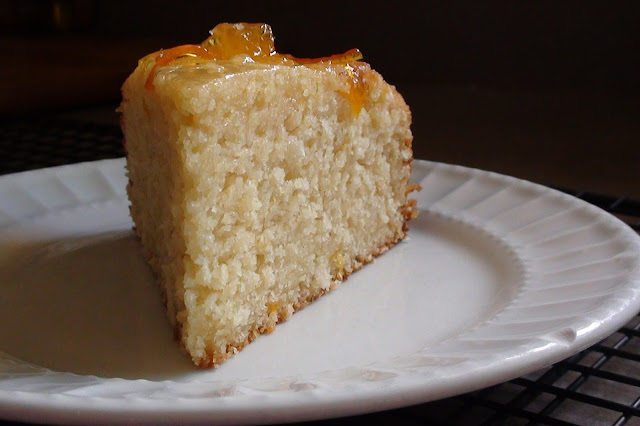Don’t be intimidated to make this marvelous pastry. It is not as difficult as it looks. A lot of goodies come from using this type of pastry. Hungarian coffee houses use it for making
cocoa snails, túrós táska, tiroli rétes and various croissants.
Blundell tészta is a laminated/yeast raised dough. It is less work and requires less butter than puff pastry. We us two folding methods; the
simplefold and the bookfold. Both methods start by rolling the dough into a rectangle and
enclosing a pad of butter over part of the dough. Then you keep folding and
chilling the dough forming layers of dough and butter. The simplefold method results in thinner layers. The bookfold method requires less handling, however the layers will be thicker. Recipes will tell you to rotate the dough 90 degrees before each folding. But the only thing you need to remember is to always roll the dough before folding toward the long sides of the rectangle. It is the same as turning the dough 90 degrees.
For the simplefold method, you roll the dough into a
rectangle.
Divide into three parts and then fold the outer thirds of the dough
on top of each other over the
center section.
simplefold
For the bookfold method, bring the outer edges of the dough
together,
but offset them slightly to one side of the center of the dough.
Offsetting ensures all parts of the dough get laminated. Then fold the
dough in half again.
bookfold step 1 and step 2
Always roll the dough toward the long ends of the
rectangle.
LAMINATED YEAST PASTRY
3-1/3 cups flour
1 cup unsalted butter at room temperature
1/4 cup sugar
2 tsp instant yeast
1 egg yolk
1 tsp salt
1 cup lukewarm milk
flour for dusting
- Dice
a cup of chilled unsalted butter and let it sit for 15 minutes.
- Measure
out 3-1/3 cups of flour into a mixing bowl.
- Make
the butter pad next. Take 3/4 cup of flour from the flour you just measured
out and combine it with the diced butter. Use your hands for this, do not
whip or kneed this mixture.
- Take
from the butter mixture a glob about the size of an egg and add it to the
remaining flour in the mixing bowl.
- Now
take a sheet of plastic wrap and scoop the remaining butter mixture onto
it. Spread it into a rectangle and wrap it up.
- Put
the butter pad in the freezer to solidify. While the butter pad chills in
the freezer, mix up the yeast dough.
- Add
the sugar, yeast, egg yolk and salt to the mixing bowl.
- Slightly
heat up the milk and add it to the mixing bowl.
- Stir
to combine and then beat it for several minutes to form a very elastic dough.
Very.
- Form
the dough into a round ball and place on a well floured cutting board.
- Cut
an X in the top and cover it with a clean kitchen cloth.
- Let the
dough rest for 20 minutes.
- In
the meantime, move the butter pad to the fridge. If the butter pad is frozen
solid, you will have a hard time rolling the dough and incorporating the
butter.
- After
20 minutes of rest, start rolling out the dough toward the four corners. As
you roll the dough, leave the center a little thicker.
- Place
the chilled butter pad in the middle and bundle it up from the four
corners.
- Flour
the board and start rolling the dough aiming toward the four corners and it
shape it into a rectangle.
- Do a
singlefold. Lengthwise divide the rectangle into three equal sections.
Dividing the dough means making a mental mark or perhaps making a small
nick into the dough, but don’t cut it or score it.
- Fold
the two outer parts onto the middle section. You now have three layers on
top of one another.
- Roll
it out toward the long sides of the rectangle.
- Next
do a bookfold. Lengthwise divide the dough into four equal sections. Bring
the outer edges of the dough together, but offset them slightly to one
side of the center of the dough. Offsetting the seam ensures all parts of
the dough will be laminated. Then fold the dough in half again.
- Wrap
the dough in plastic and place in the fridge for 20 minutes.
- Take
out the dough and roll it out toward the long side of the rectangle.
- Do another
singlefold. Wrap the dough and rest it for 20 more minutes.
- After
the dough has rested, it will be ready for shaping.























































